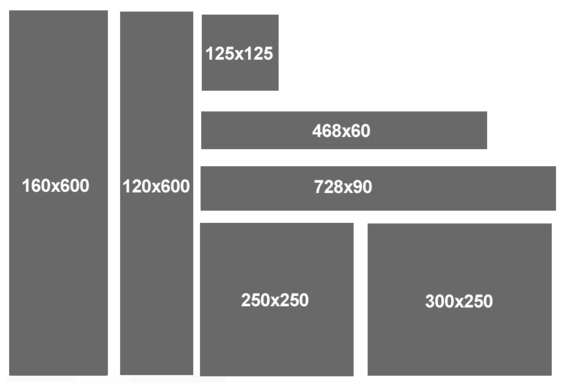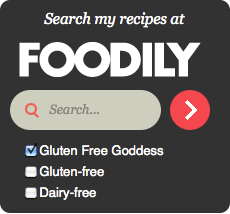Editor’s Note: This is “Part 2” of a three-part series on launching a new affiliate marketing program. “Part 1” we published previously.
There are four steps involved in launching an affiliate program. They are: (a) evaluating potential affiliate networks and tracking platforms, (b) implementing and testing the tracking code, (c) developing creative advertising inventory, and (d) promoting your newly launched program.
I discussed the first two steps in “Part 1: Tracking Platforms.” In this article, I will review the elements in developing strong creative inventory.
There are different types of affiliate programs. The four most common are blogs or content, coupons or deals, search, and shopping comparisons. Each type has differing creative needs, so it is up to the affiliate manager to ensure that a wide cross-section of creative is available. For example, a blogger will find great use for pre-written copy, while a search marketer would prefer a seasonal list of bestsellers. I will go over the various forms of creative below.
Ad Banners
Banner ads are the most prevalent type of affiliate creative. They should be the initial focus of an affiliate program. Affiliate managers should develop multiple sets of ad banners. One set should feature generic branding; other sets should focus on various product categories or seasonal promotions. For example, if you are a jewelry retailer, you could have one set of banners that feature your brand, another set that focuses on bracelets, another set that focuses on earrings, another set that focuses on silver jewelry.
You should also have a single set of dynamic banners, which are ads that affiliates place on their sites that are merchandised by the affiliate manager. The concept behind dynamic banners is similar to display ad networks. It is the marketing manager’s responsibility to ensure that those placements are displaying the most optimal creative. Affiliates will place the dynamic banners on their site, and you as the affiliate manager will optimize those placements.
I’ll revisit the jewelry retailer as an example. As we approach Father’s Day, the dynamic banners could feature watches or cufflinks, or perhaps a Father’s Day sale. Then, as we get closer to wedding season, the affiliate manager could update the set of dynamic banners to feature engagement rings. The only difference between an ad banner and a dynamic ad banner, is that the affiliate manager will continually merchandise the dynamic banners to reflect a current promotional effort.
At the minimum, each set of banners should contain the following sizes.
Banners sets should use these dimensions. Enlarge This Image
Enlarge This Image
Widgets
Widgets are ads that interact with the consumer or the website page that they reside on. One example might be a search box that affiliates put on their site. Consumers enter in a search term and are delivered to a page of search results on the retailer’s site. Here is an example of a search widget offered by Foodily, a social site for sharing recipes, menus, and all things food related. Like banners, search widgets should be provided in standard ad sizes.
Foodily widget example.
Widgets can also interact with the page they sit on. For example, Amazon’s “Omakase” widget will automatically merchandise itself based on the context of the page it is placed on, and on Amazon’s knowledge of a site visitor’s previous purchase behavior on Amazon.
Amazon’s Omakase widget.
Copy
Pre-written copy is one of most effective forms of creative. But it is perhaps one of the most under-utilized. While ad banners and widgets work to secure traditional ad placements in sidebars and footers, pre-written copy can secure central real estate on affiliate websites.
Pre-written copy, also known as “sample blog posts,” can be written about new products, or can position existing products in a way that is timely and relevant. Let’s go back to our jewelry retailer for an example. With Father’s Day approaching, every affiliate program will likely provide Father’s Day themed banners. One way our jewelry retailer can differentiate itself is by offering an article on how to choose a watch for Dad. If Dad were outdoorsy and adventurous, perhaps a GPS-enabled watch would be appropriate. Or, perhaps the article would recommend a more elegant watch with a personal engraving. Each product recommendation would include the affiliate’s tracking link, so all the affiliate has to do is copy the article, perhaps tweak it a bit to match its own voice, and post it on its site.
With the pre-written copy approach, many retailers worry about getting punished by search engines for duplicate content. However, it is easy to either provide your affiliates with unique content, or urge your affiliates to tweak it a bit so that it is unique. Affiliates will have smaller sites than the retailers. So if anyone got penalized for duplicate content, it will likely be the affiliate. Most affiliates are aware of this and take steps avoid it. I know clever affiliates that translate pre-written copy into a foreign language, and then back again to English, just to change up sentence structure. Affiliates are very resourceful; they prefer working with you, not against you.
Keyword Lists
Keyword lists are beneficial to pay-per-click affiliates — who build their own PPC campaigns and fund clicks themselves. They then earn commissions from subsequent transactions, and earn profits from the arbitrage (the difference between affiliate commission income and pay-per-click expense).
These affiliates benefit from understanding product seasonality. If you provide them a list of product bestsellers, they will evaluate the profitability of developing keyword campaigns around those products and invest in potentially profitable keywords.
Many retailers worry that affiliates will drive up costs for the retailer’s internal PPC campaigns. However, remember that affiliates are spending their own money to fund their PPC campaigns. When it comes to bidding wars, they are even more averse than retailers to increased costs. Most affiliates will utilize long tail strategies and avoid direct competition with retailers, who will typically have deeper pockets.





